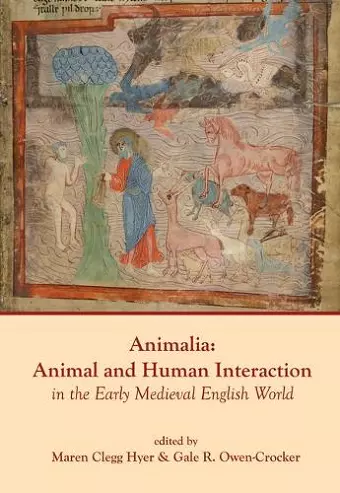Animalia
Animal and Human Interaction in Daily Living in the Early Medieval English World
Gale R Owen-Crocker editor Maren Clegg Hyer editor
Format:Hardback
Publisher:Liverpool University Press
Publishing:28th Jun '25
£130.00
This title is due to be published on 28th June, and will be despatched as soon as possible.

Animalia: Animal and Human Interaction in Daily Living in the Early Medieval English World is the fifth in a series of volumes exploring daily lives, material culture and environment in the early medieval English world. Like its fellow volumes, it explores the interactions and intersections between the peoples of early medieval England and their material surroundings, in this case, the relationship between people and other living creatures in their natural environment and the imagined creatures depicted in their literature and art. The collection is deeply interdisciplinary, using forensic archaeology, genetic testing, textual analysis of literary and documentary sources, and art historical study to assess the evidence for these relationships and interactions.
The volume is organized in three parts. The first section, Insights from Archaeology, looks carefully at recent, additional evidence for the existence and role of animals in early medieval England through evidence for animal husbandry and medieval falconry to what surviving books and pages can tell us about animals through biocodicology, a new and important contribution to archaeology for the period.
The second section, Insights from Text, focuses attention on how textual sources portray human perception of animal reality and animal-human interaction and relationships, including the role of enslavement and violence between man and beast. From the Beasts of Battle to mundane animals, from poetry to documentary and homiletic text, the textual evidence evinces the highly symbolic role animals held in the early medieval English mind.
The third section, Insights from the Visual Arts, continues the volume’s exploration of perception of animals, but in the highly abstract and symbolic realm of early medieval English art. Abstract depictions of animals as iconographic motifs raises again the question of animal voice and agency in metals, ceramics, and stone, as well as animal symbolism in textile and animals as monstrosities in illustrated “monster” collections.
ISBN: 9781836240273
Dimensions: unknown
Weight: unknown
384 pages